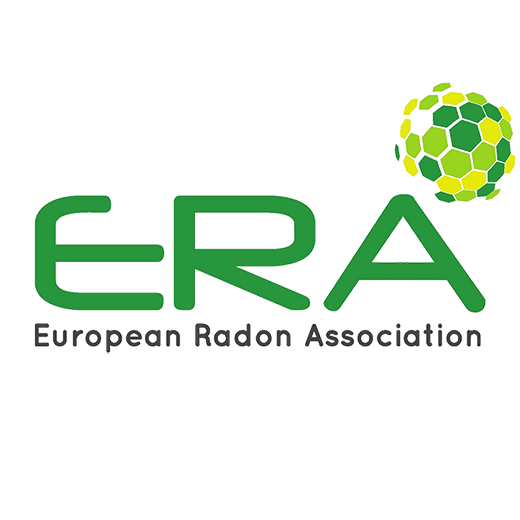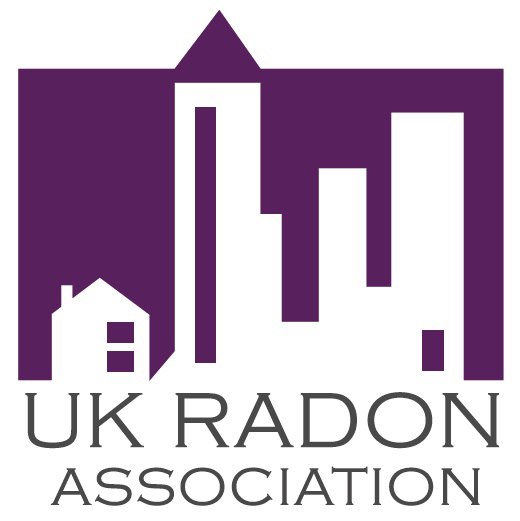What is radon?
Radon is a form of the radioactive element radium and is a part of the Uranium238 decomposition chain. Radon, which is a ‘noble’ gas, further decomposes into a mix of other radioactive particles called ‘radon daughters’. Both radon gas and radon daughters are caught in dust particles in the air and can thereby be inhaled by humans and animals. When radon gas and radon daughters decompose, the cells in our lungs are exposed to damaging ionising radiation.
Does radon smell?
No, you cannot detect radon by sight, taste or smell. Therefore, it is impossible to know if there is too much radon in a house without measuring the amount of radon in the indoor air.
How dangerous is radon in air?
World Health Organization, WHO, states it is proved that radon can cause cancer. Radon is for example the most important cause of lung cancer after smoking and is estimated to cause between 3% and 14% of all lung cancers, depending on the average radon level in the country. The National Cancer Institute in the United Kingdom states for example that radon is responsible for 10% of lung cancer cases diagnosed each year in the UK. According to the Swedish Radiation Protection Institute radon gas forms the greatest radiation health threat, far out weighing the effects of the Chernobyl accident.
How do I measure radon?
Radonova use the alpha track method, whereby film elements are put into pods made of anti-static plastic. Radon, combined with normal air, diffuses into the pod where the energy of the alpha particles make microscopic tracks on the film. The alpha-track detectors are contained in airtight bags, the measurement starts when the bag is opened and when the measuring period has elapsed the detectors should be put back and sealed into the original bags then immediately returned to Radonova. The analysis made at Radonova is performed using a state-of-the-art image scanner.
How many detectors do I need?
The number of required detectors varies between the type of building and country but to make an annual average value measurement in a house you need at least two detectors. If you have more than two floors in the house with living areas, you will need one detector on each floor. For this purpose you can buy extra detectors. Every half floor also counts. Laundry and recreation rooms do not count as living areas.
You can use our dedicated workplaces calculator to determine the exact number of detectors you will need.



